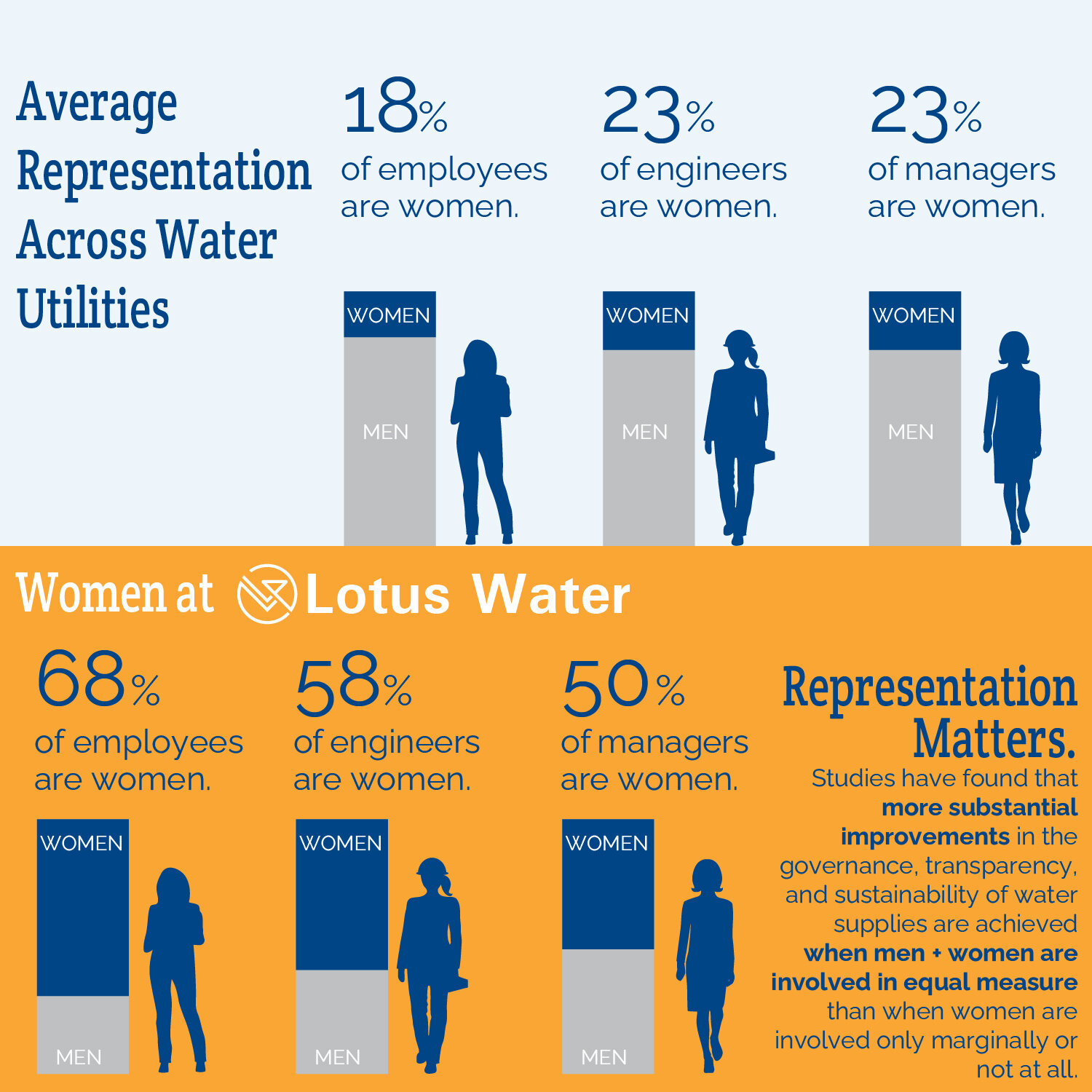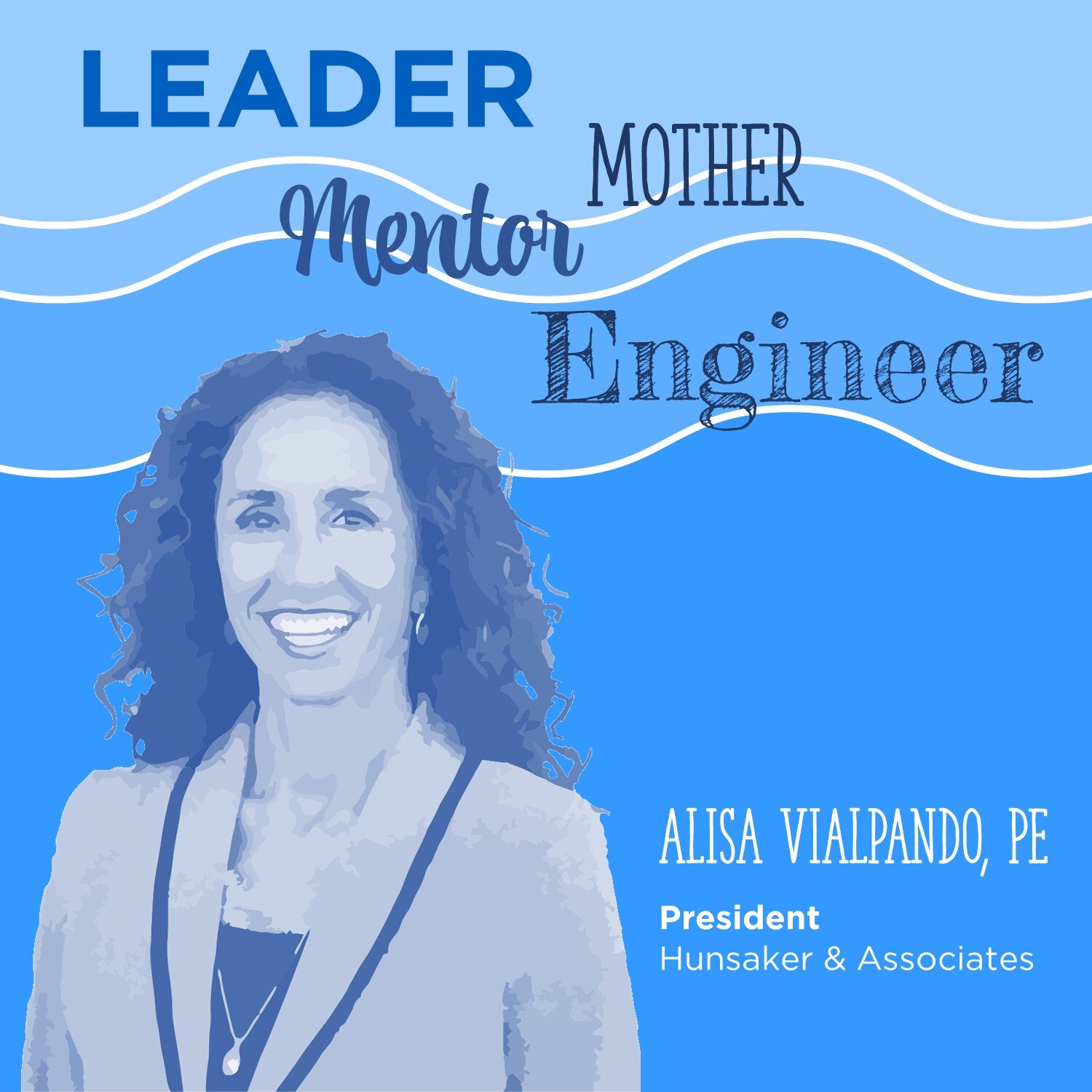“Imagine Track A Day Without Water”
For Lotus Water’s second year participating in the US Water Alliance’s Imagine a Day Without Water, our staff participated in a daily water usage tracking exercise. We invited our staff to take one day to document their water usage from dawn to midnight. The process was meant to gather data (we are engineers after all!), but was designed more to encourage personal reflection and focus awareness on our relationship with water. Living in an urbanized area, most of us don’t think twice about where our water comes from, frequently flipping the tap on and off throughout the day. But here in California, drought is never far from our minds and as a water-focused engineering firm, we work with water all day. Yet, the 11 staff who participated all remarked that tracking their water usage for just one day truly illuminated how little attention we pay to this precious natural resource.
- - -
“Timing water use is humbling.”
>> Maddie Duda, Community Involvement Planner <<
- - -
Our reflections ranged from noticing just how much water is used to wash dishes by hand, to acknowledging there’s room to improve efficiency in keeping the greenery going for those with yards and houseplants. A few people described household strategies to conserve water by capturing shower water or having laundry-to-landscaping set up. And of course, COVID has altered our relationship with water – more handwashing, keeping up with laundry, dishes, and overall cleaning in our own homes.
Yesterday—one day before Imagine a Day Without Water—was a rude, though fitting, awakening for Kelsey Wilson:
“I woke up at 6am, used the bathroom and soaped up my hands. Half asleep, I went to turn the tap on – gurgling and creaking pipes startled me out of my slumber. No water came out. I looked confusingly at the toilet and sink – the toilet had flushed but no water in the faucet. I tried the kitchen sink – empty pipes rumbling. I knew I had a bucket of water outside from my showers that was for plant watering and wandered out to finish rinsing my hands. When I came back into the kitchen I nodded in confirmation as I saw I had a jug of drinking water sitting on the counter. A quick check of my water provider’s website showed a water main had burst and they had shut off all water in my vicinity. Glad to know what was going on I felt relieved – a few hours later the water returned to the faucet. Yet for those few hours I knew what it felt like to have no water readily available. “
>> Kelsey Wilson, Urban Watershed Planner
- - -
Others reflected on the physical movement of water throughout our living spaces and the ways we are so accustomed to just turning on the tap.
“It flowed through our water service lateral pipe, through our plumbing and in via one of our taps in the kitchen or bathroom. It was transported throughout the apartment in mugs, bottles, cups, and appliances. Household plants soaked it up and evapotranspired it. It flowed through me into the toilet, and then it flowed out through our wastewater pipe to the sewer.”
>> Jack Brown, Water Resources Engineer
- - -
Being able to flip a knob and see clean water fill a glass or used water disappear down a drain is nearly effortless for most of California, but that’s not the case for the 2.2 BILLION people worldwide who can’t access clean water, nor the 4.2 BILLION without safe sanitation. Continued investment in water and wastewater infrastructure needs to be prioritized to ensure all our communities have access—now and into the future—to clean, affordable water that’s essential to everyday life.
Reflecting on our water use as a team also made us contemplate how to better advocate for this important resource in our work and daily lives, not only within the industry but to policy and lawmakers, and throughout the communities around us.
- - -
“I've always been really interested in how many of our systems are set up to hide our use and waste from us -- we see faucets and drains and trash cans, but no collection of that water or our accumulation of trash over time. If we had to sit with/see these things all the time, might we all be more motivated to reduce our use?”
>> Maddie Duda, Community Involvement Planner
- - -
Rain has been falling in the Bay Area the past few days, bringing much needed precipitation to the drought-stricken state. As we rejoice in this rainfall, let us not lose sight of this precious resource and continue to look for new ways to conserve water while investing in innovative solutions that support our infrastructure and the natural water cycle.























